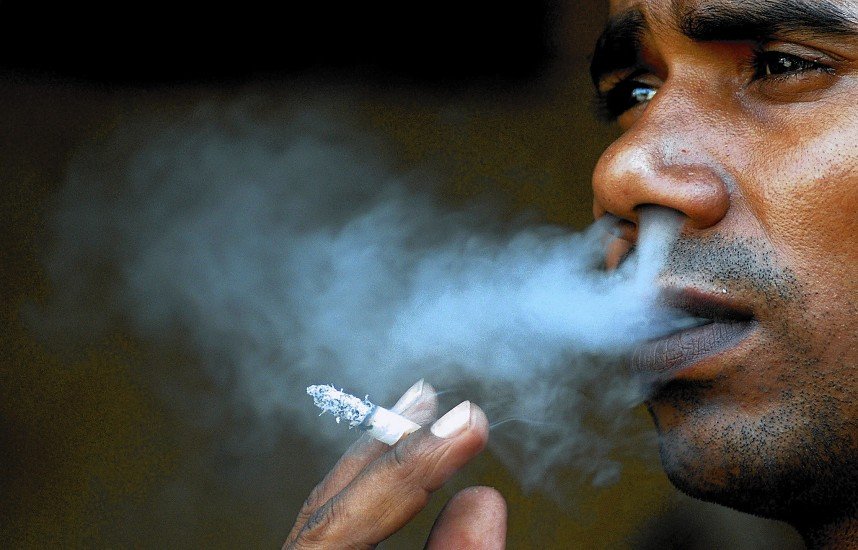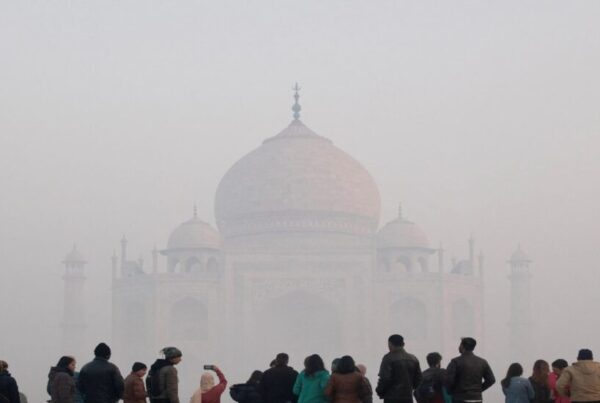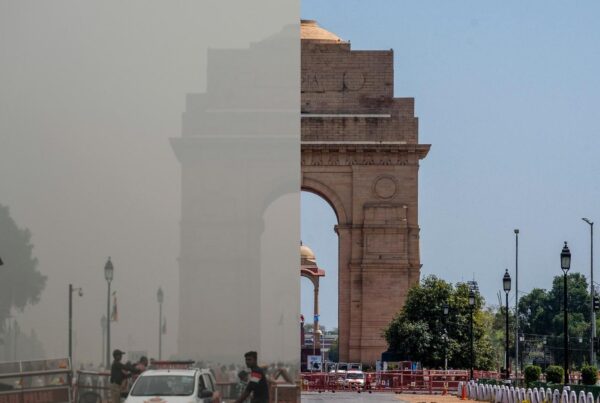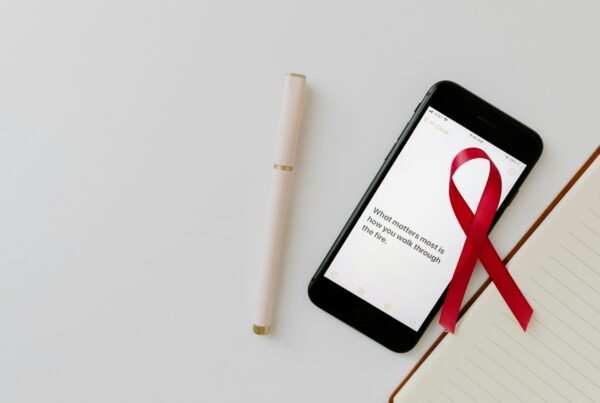Tobacco consumption remains one of the most persistent public health crises in the world. Despite decades of awareness campaigns, stringent regulations, and shocking warning labels, millions continue to light up each day, often underestimating or ignoring the profound dangers that lurk in each puff. What makes tobacco particularly insidious is not just its well-documented lethality but the slow, relentless nature of its damage, often taking years or even decades before its full impact is realized.
At first glance, smoking might appear deceptively harmless—an occasional cigarette during a break, a social ritual at parties, or a method of stress relief during difficult moments. For many, it starts in adolescence, driven by curiosity, peer pressure, or the illusion of maturity. Tobacco companies, historically masters of manipulation, have fueled these behaviors through advertising campaigns that once equated smoking with glamour, sophistication, and rebellion. Though many of these ads are now banned, their cultural residue lingers, especially in communities where regulation is weak or corporate influence remains strong.
But beneath the surface of this seemingly benign habit lies a devastating toll. Tobacco is directly responsible for the deaths of over eight million people each year, including more than a million who are non-smokers exposed to secondhand smoke. The substances contained in tobacco smoke—over 7,000 chemicals, hundreds of which are toxic and about 70 that can cause cancer—wreak havoc on nearly every organ in the human body. Lung cancer, chronic obstructive pulmonary disease (COPD), heart disease, and stroke are among the many illnesses linked directly to tobacco use. These are not just medical conditions; they are often drawn-out, painful afflictions that rob individuals of their vitality, families of their loved ones, and healthcare systems of their resources.
The economic cost of tobacco is staggering. Beyond the billions spent globally on tobacco products, societies bear the burden of treating tobacco-related diseases, lost productivity due to illness, and premature death. For many low- and middle-income countries, where tobacco use is rising, this burden is especially acute. Here, tobacco use exacerbates poverty, with households spending a significant portion of their income on tobacco instead of essentials like food, education, or healthcare.
Moreover, the environmental impact of tobacco often goes unnoticed. From deforestation caused by tobacco farming to the billions of cigarette butts that pollute the planet’s oceans and waterways each year, the cost of tobacco consumption extends far beyond human health. The process of growing, curing, and producing tobacco is resource-intensive and contributes significantly to environmental degradation.
What makes the situation even more tragic is that tobacco-related deaths are entirely preventable. Unlike infectious diseases or genetic disorders, smoking is a modifiable risk factor. The difficulty lies in the addictive grip of nicotine—a substance as habit-forming as heroin or cocaine. For smokers, quitting is a deeply personal and often harrowing journey, marked by withdrawal symptoms, psychological dependency, and the need for sustained support. While cessation aids and therapies exist, access and affordability remain barriers for many.
The fight against tobacco is far from over. Governments, health organizations, and civil society must continue to push for stronger regulations, higher taxes on tobacco products, better access to cessation programs, and education campaigns that cut through the misinformation. But the ultimate battle lies within individuals—the daily decisions made in homes, streets, schools, and workplaces.
Tobacco is not just a health issue. It is a social, economic, and environmental scourge that touches all aspects of human life. Confronting its harsh reality means acknowledging the depth of its impact and reaffirming a collective commitment to a future where fewer lives are lost to its deadly grip. The sooner we accept this truth, the closer we come to breaking the cycle of addiction and saving millions from an entirely preventable fate.




